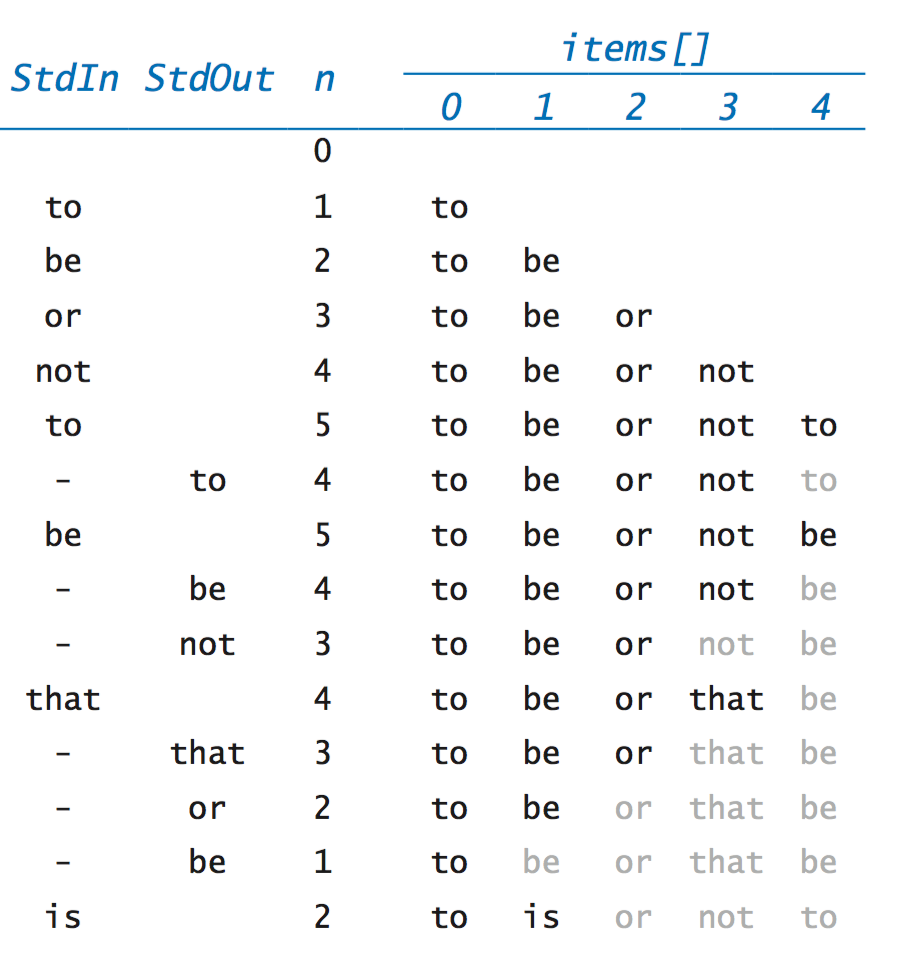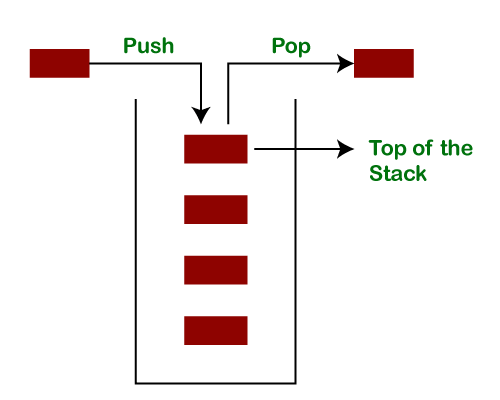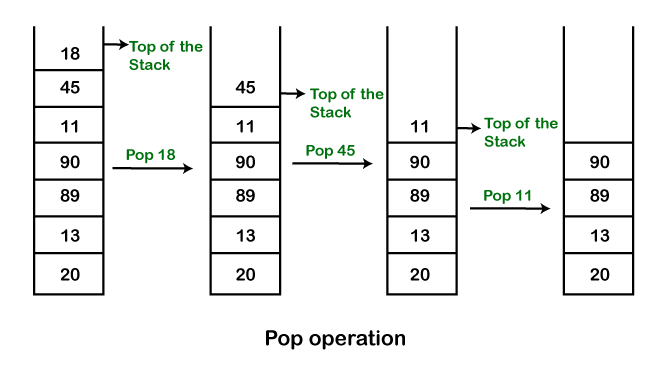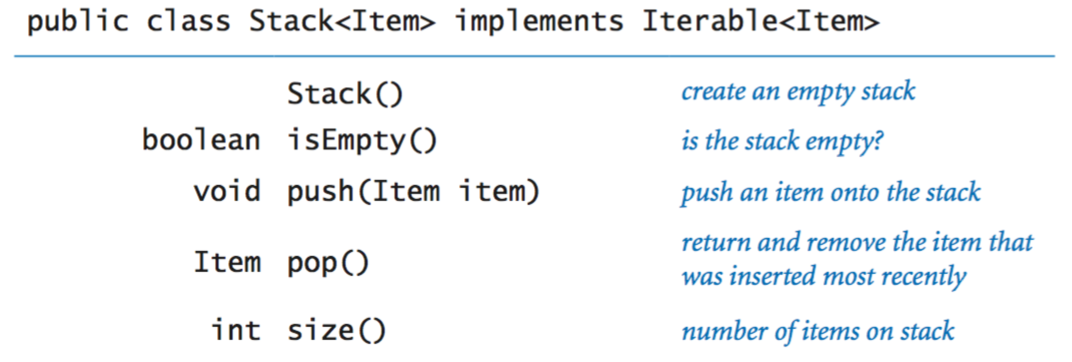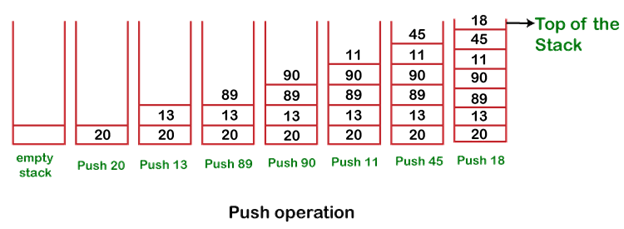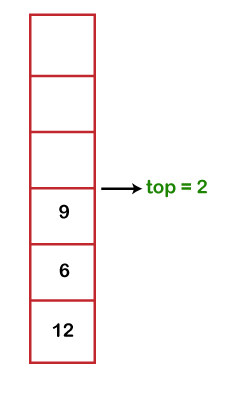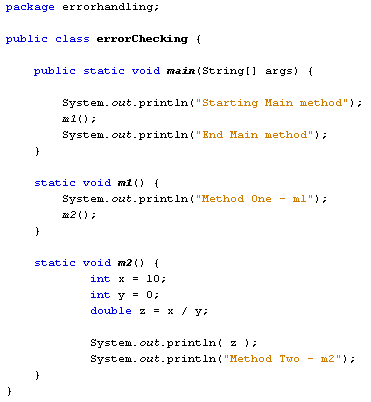java stack class code example
Mathmax xy - return the highest value of x and y Mathmin xy - return the lowest value of x and y Mathsqrt x - return the square root of x Mathabs x - return the absolute positive value of x Mathrandom - return a random number between 0 and 1. The JVM automatically produces the stack trace when an exception is thrown.
The following piece of code is used to initialize an integer stack with the values.
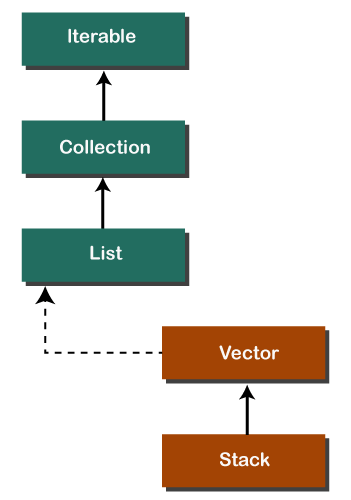
. It pushes an item onto the top of this stack. Public class GFG. To use a Java Stack you must first create an instance of the Stack class.
Stack stk new Stack. Stack myStack new Stack. Static void showpopStack st Systemoutprintpop -.
Java 2022-03-06 030504 java split string on two or more spaces except for words in quotes Java 2022-03-06 022024 java lowercase Java 2022-03-06 015513 xcode convert int to. Integer a Integer stpop. Class StackDemo public static void mainString a Stack stack new Stack.
A more complete and consistent set of LIFO stack operations is provided by the Deque interface and its implementations which should be used in preference to this class. Add elements to Stack animalspushDog. Public class StackDemo static void showpushStack st int a stpushnew Integera.
Public boolean isFull return. After introducing Java 15 the stack trace is encapsulated into an array of a Java class called. Public MyStackint s maxSize s.
Size left on stack. StackDemojava import javautilStack. Stack stk new Stack.
Static void d String message Oops throw new NullPointerException message. Java program to implement Stack Stack implementation in Java class Stack store elements of stack private int arr. Here E is the type of Object.
The Stack class represents a last-in-first-out LIFO stack of objects. When a stack is first created it contains no items. Class Main public static void mainString args Stack animals new Stack.
Public class MyStack private int maxSize. Public static void mainString args. In order to create a stack we must import javautilstack package and use the Stack constructor of this class.
Linked-list implementation of a generic stack. Stackjava implements a generic stack using a singly linked list. Push elements to the top of.
StackArray new longmaxSize. Stack stk new Stack. Once we create a stack instance we can use the push operation to add the elements of the stack object type to the stack.
Then add a breakpoint where d throws the exception in your debugger. Where type denotes the type of stack like Integer String etc. Class StackDemo static void showpushStack st int a stpushnew Integera.
IsEmpty String item StdIn. As I see it the interface in question is completely unnecessary and Id like to know if Im reading it wrong or I should look elsewhere for a better understanding which I have tried but dont really understand. If we want to create a stack first import the javautil package and create an object of the Stack class.
Create a Stack with a Generic Type. In this example we are using two methods of Stack. You specify the stack type when you declare the Stack variable.
Public void pushlong j stackArraytop j. Stack stack new Stack. Stack stack new Stack.
Stack implementation using Array import javaio. Here is an example that creates a stack pushes several Integer objects onto it and then pops them off again. Pop StdOut.
Below program illustrate the JavautilStackcapacity method. Here is an example of creating a Java Stack instance. SystemoutprintlnStack elements are.
For example import javautilStack. Public long peek return stackArraytop. Here you can see that the string we added to d is part of the stack frame because its a local variable.
Systemoutprintlnpush a. The below example creates an empty Stack. Deque stack new ArrayDeque.
Println stack. Systemoutprintlnpush a. Public static void main String args.
Removes the object from the top of this stack and. Int element maxsize top. Demonstrate the Stack class.
It extends class Vector and implements Cloneable Collection List Serializable interfaces. We mostly use push and pop operations. Stack stk new Stack.
Im using IntelliJs debugger for this image. Public class stack static int ch. Public stack Scanner sc new ScannerSystemin.
Creating a stack Stackint size initialize the array initialize the stack variables arr new intsize. Public long pop return stackArraytop--. We designate the nested class as private because clients do not need to know any of the details of the linked lists.
Public void pushint element iftopmaxsize. Represent top of stack private int top. Because the stack can not hold primitive types it has to be auto-boxed to reference types that is why the character was a capital letter with a variable name stack which was initialized to the new stack.
You can set a generic type on a Stack specifying the type of objects the Stack instance can contain. Java Throwable class provides the printSatckTrace method to print the stack trace on the console. St new intmaxsize.
Total capacity of the stack private int capacity. In stack trace each element represents a method invocation. Public boolean isEmpty return top -1.
Java allows us to define and use other classes within class implementations in this natural way. Im currently learning more on Java and have come across an example in a book which I think has made me misunderstand the use of Interfaces. Explanation of Solution and Code Class declaration in line 1 and Stack was introduced in line 2 which takes in character as a type.
Stack stack new Stack.

Java Virtual Machine Jvm Stack Area Geeksforgeeks
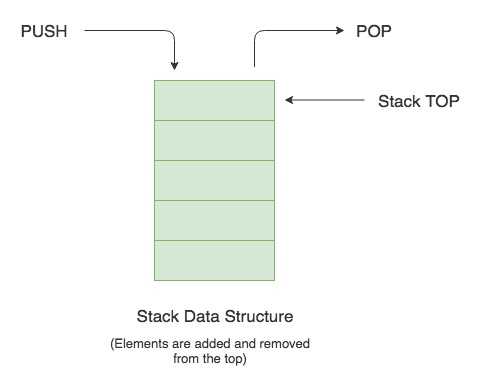
Java Stack Class Tutorial With Examples Callicoder

Implement A Stack Using Singly Linked List Geeksforgeeks
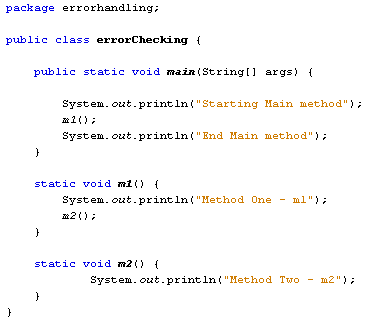
Java For Complete Beginners Stack Trace
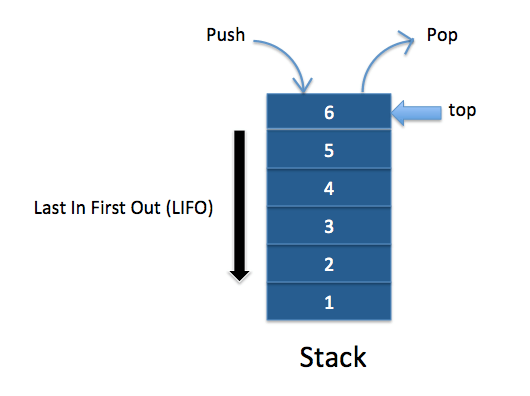
Implement Stack Using Linked List In Java Java2blog
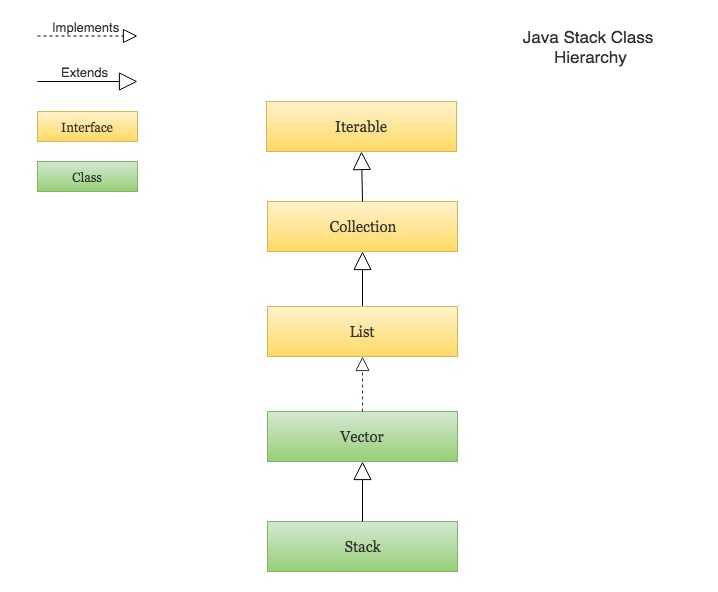
Java Stack Class Tutorial With Examples Callicoder

Java Stack Class Tutorial With Examples Callicoder

How To Implement Stack In Java Using Array And Generics Geeksforgeeks

Java Stack Tutorial Stack Class Implementation With Examples

Stack Data Structure In C With Illustration

Java Stack Stack In Java Journaldev

Java Stack Tutorial Stack Class Implementation With Examples
